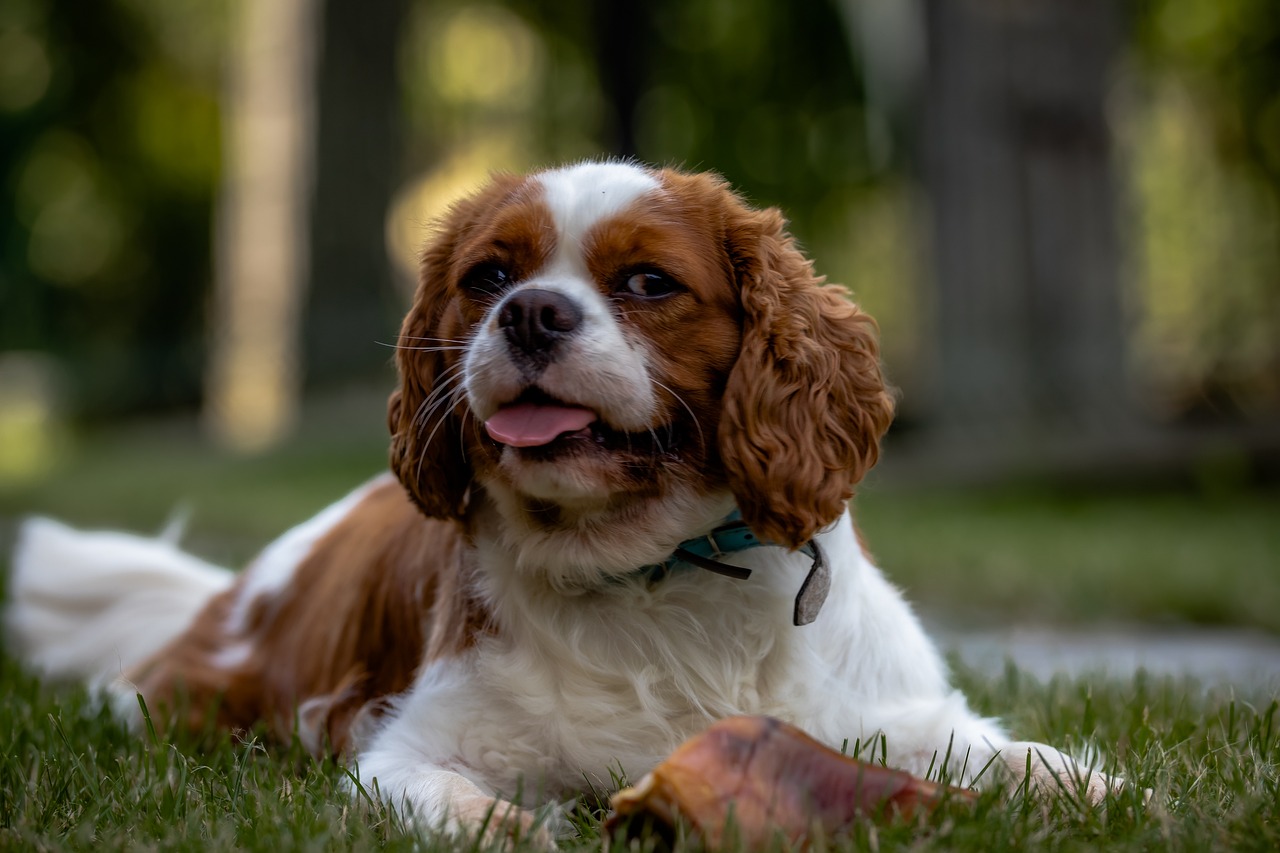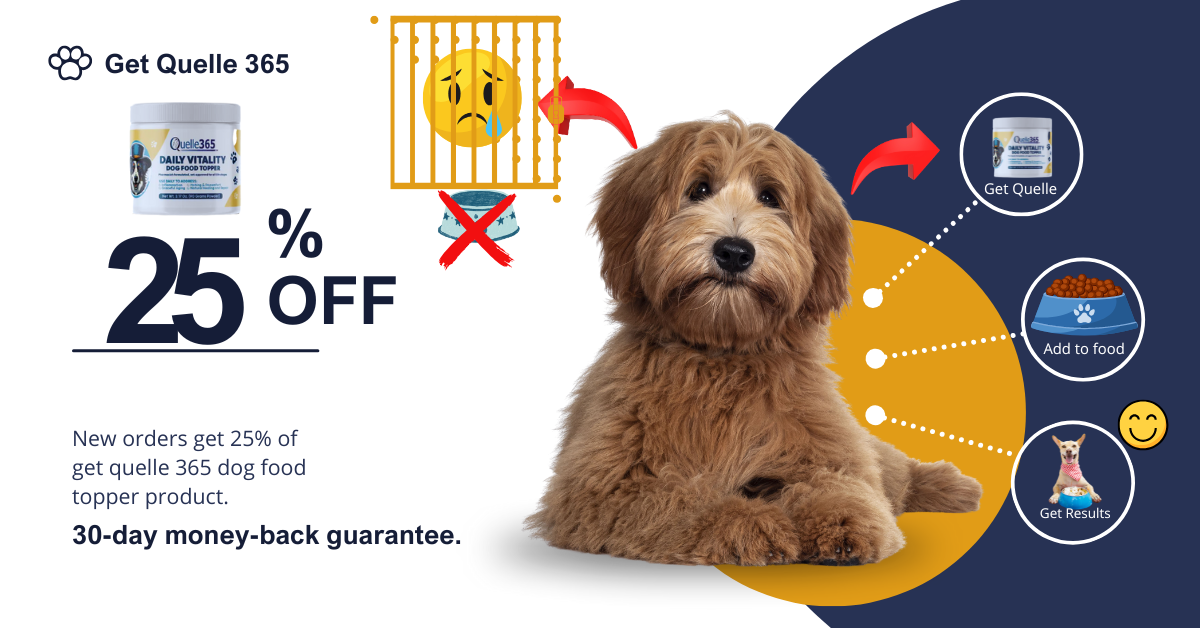The Cavalier King Charles Spaniel, often referred to simply as the “Cavalier,” is a breed renowned for its gentle disposition and regal appearance. With their soulful eyes and affectionate nature, Cavaliers have undoubtedly found a special place in the hearts of dog enthusiasts. But what lies behind the history of this elegant breed? What were Cavaliers originally bred for? This article takes a journey into the past to uncover the origins and purposes behind the breeding of Cavaliers.
1. Cavaliers and Their Royal Lineage
It’s not just a fancy name; the Cavalier King Charles Spaniel genuinely has royal ties. Cavaliers owe their name to King Charles II of England, who had a particular fondness for small spaniels. These dogs were constant companions to the royals and aristocrats, often seen in portraits painted during the 16th, 17th, and 18th centuries. Their primary role during this time was to serve as lap dogs for the noble class, offering warmth and companionship.
2. Cavaliers: The Ultimate Companion Dogs
While many breeds were developed for hunting, herding, or guarding, Cavaliers were primarily bred for companionship. Their gentle and affectionate demeanor made them particularly suited for this role. The warmth they provided was not just emotional; in colder times, they were often used as “comforter dogs,” warming laps and beds, and even believed to attract fleas away from their human counterparts!
3. The Role of Cavaliers in Hunting
Despite their primary role as companion animals, Cavaliers weren’t entirely excluded from more practical tasks. Their spaniel lineage endowed them with a mild yet evident hunting instinct. Historically, some aristocrats used Cavaliers as “lady’s hunting dogs.” They were small enough to ride in the saddle baskets of noblewomen during falconry hunts, assisting in rousting the game from their hiding spots.
4. The Evolution of the Cavalier’s Appearance
Over the centuries, the appearance of Cavaliers underwent some transformation, particularly concerning their muzzle’s length. The initial spaniels seen alongside King Charles II had a more pronounced snout. However, with the rise in popularity of Asian toy breeds like the Pekingese and the Japanese Chin in the 19th century, interbreeding occurred, leading to the shorter, flatter face seen in the King Charles Spaniel (not to be confused with the Cavalier King Charles Spaniel). It was only in the 1920s that a movement to return to the original longer-snouted look of the spaniels from King Charles II’s time began, leading to the breed we recognize today as the Cavalier King Charles Spaniel.
5. Cavaliers in Modern Times: Beyond Companionship
In contemporary times, while the primary role of the Cavalier remains companionship, their versatility has been realized in various spheres. Thanks to their gentle nature and intelligence, Cavaliers excel as therapy dogs, providing emotional support in hospitals, schools, and care homes. Their sociability and trainability also make them excellent contenders in dog sports like obedience and agility.
6. The Cavalier’s Global Appeal
Originally a favorite among British nobility, the charm of the Cavalier has now reached global proportions. Their adaptable nature, paired with their manageable size, makes them suitable for various living conditions, from grand estates to city apartments. The breed’s universal appeal is a testament to their endearing qualities and the successful realization of their original breeding purpose: to be unmatched companions.
Conclusion
From the regal courts of King Charles II to modern living rooms around the world, Cavaliers have remained steadfast in their role as loving companions. While their appearance and roles may have evolved over time, the core essence of the breed – its loving nature, adaptability, and undeniable charm – has remained constant. The history of Cavaliers is a rich tapestry woven with tales of royalty, companionship, and a dash of hunting prowess, culminating in a breed that is beloved by many today. Whether serving as a noble’s confidant or a family’s treasured pet, Cavaliers have showcased the timeless appeal of a breed bred for love and companionship.
Frequently Asked Questions About Cavalier Breeding
1. At what age can a Cavalier King Charles Spaniel begin breeding?
Breeding a Cavalier should ideally commence between the ages of 2 and 3 years. Starting at this age ensures they have reached physical maturity and have undergone essential health tests.
2. How often should a female Cavalier be bred?
It’s recommended that a female Cavalier be bred once every year or two. Continuous breeding can place undue stress on her health, making adequate rest between litters crucial.
3. How many puppies can one expect in a Cavalier litter?
A typical Cavalier King Charles Spaniel litter consists of 4 to 6 puppies. This count can vary based on factors such as the mother’s age and overall health.
4. Are there prevalent genetic disorders in Cavaliers?
Yes, Cavaliers are known to be predisposed to certain genetic disorders, including mitral valve disease (MVD), syringomyelia (SM), and hip dysplasia. It’s essential for breeders to conduct regular health screenings and be familiar with the breed’s medical history.
5. What are the breed standards for Cavaliers in breeding?
Breed standards include specific criteria related to size, coat color, facial structure, and temperament. Adhering to these standards ensures the preservation of the breed’s unique characteristics.
6. How long is the gestation period for Cavaliers?
The gestation period for Cavaliers, similar to most dog breeds, is around 63 days, although a few days’ variation is not uncommon.
7. What diet should a pregnant Cavalier be provided?
A pregnant Cavalier requires a balanced, high-quality diet rich in essential nutrients to support both her and the developing puppies. It’s advisable to consult a veterinarian to determine the most suitable diet during this period.
8. How do I recognize a reputable Cavalier breeder?
Reputable Cavalier breeders prioritize the health and well-being of their dogs, are knowledgeable about the breed’s history, conduct thorough health screenings, and provide transparency regarding any potential health risks or genetic issues.
9. What is the importance of early socialization for Cavalier puppies?
Early socialization exposes Cavalier puppies to various stimuli, ensuring they grow into well-adjusted and confident adults. Given the breed’s friendly nature, proper socialization further enhances their adaptability and sociability.
10. How can I ensure ethical breeding practices for Cavaliers?
Prioritizing the breed’s health, following established breed standards, conducting regular health checks, and maintaining transparency with prospective puppy buyers are critical components of ethical breeding.
Benefits of Adopting Cavaliers from a Rescue or Shelter
Adopting a Cavalier from a rescue or shelter not only gives a loving home to a dog in need but also supports responsible pet ownership by reducing the demand for puppy mills. Rescued Cavaliers often come with prior training and socialization, ensuring easier transitions into new homes. Additionally, adopting from shelters can be cost-effective, as many of these dogs have already undergone health checks, vaccinations, and spaying or neutering. Lastly, the knowledgeable staff at rescues and shelters can provide insights into individual Cavaliers, ensuring a harmonious match between the dog and its new family.





